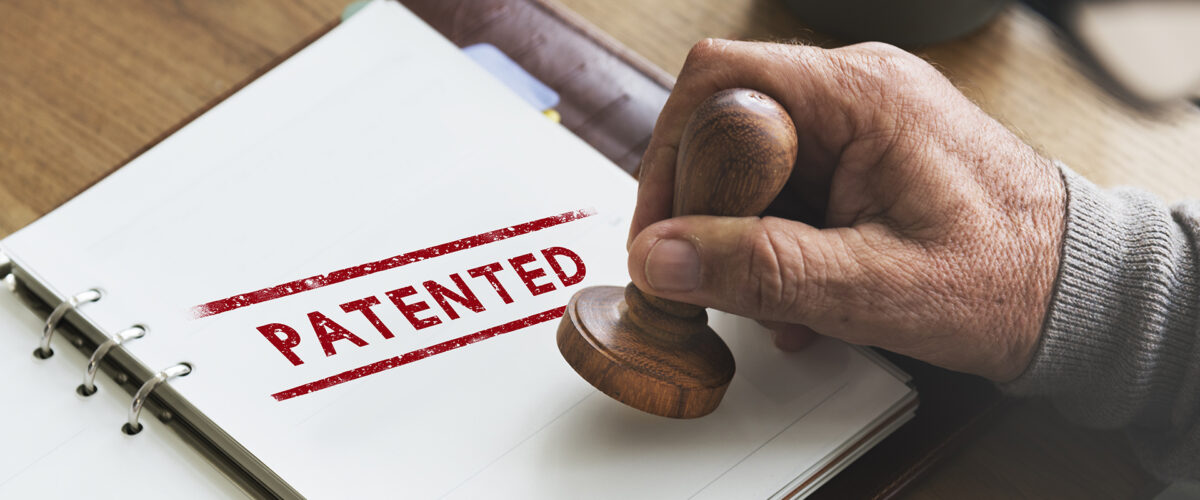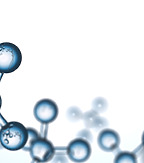Artikel | 23 mars 2021
AI: turning yesterday’s science fiction into today’s reality – a challenge to the intellectual property rights framework?

Advances in AI in recent years have changed the way pharmaceutical R&D is being conducted. In fact, several world-leading developers of pharmaceuticals are already using AI in drug discovery. With a changing R&D landscape and the more frequent use of AI in the inventive process, questions arise whether the current legislative framework is sufficient to tackle challenges emerging from this change. In November 2020, the European Commission published a report investigating AI trends (inter alia in the pharmaceutical sector) and the challenges to the intellectual property rights framework the increased use of AI give rise to (Trends and Developments in Artificial Intelligence – Challenges to the Intellectual Property Rights Framework, hereinafter referred to as the “Commission Report”).
Recent developments in AI in pharmaceutical R&D
Extensive use of AI and Machine Learning (“ML”) enables companies to streamline the R&D process. AI as a tool can be used to process larger quantities of complex data, finding patterns and correlations that would be time consuming and leave room for errors when done by a human. By making the process more efficient, pharmaceutical companies can speed up the process of which new pharmaceutical products reach the market, allowing them to save money on a process which is normally very costly.
The technology promises help in disease diagnostics, as well as discovery of disease subtypes and for the most advanced AIs with reinforced ML, aid in experimental drug design. In light of the ongoing Covid-19 pandemic, AI could also, for example, be used as a tool to predict virus mutations and put the drug and vaccine developers a step ahead of diseases.
In summary, the developments of AI within the pharmaceutical industry promises the ability to search through large and complex data sets faster and at a lower cost, finding patterns that a human could easily miss. Indeed, AI as a tool in drug development seems very promising.
AI-assisted outputs and the EPC
An AI-assisted output is a product or process developed in collaboration between AI and the human inventor(s). A future scenario where AI autonomously invents, without human intervention, is not addressed by the Commission Report. The Commission Report investigates several challenges related to AI-assisted outputs, such as inventorship, ownership, novelty and inventive step. The analysis concentrates on the European Patent Convention (the “EPC”). Summarized below are the Commission Report’s key findings in relation to the novelty and inventive step assessments of AI-assisted outputs.
AI-assisted outputs in relation to novelty – beneficial for inventors as well as patent offices
In fiction, AI is often portrayed as being able to act quite autonomously. In reality, however, AI has yet to become as advanced. As for the novelty assessment, the Commission Report did not identify any pressing legal challenges stemming from AI being used as a tool in the inventive process more broadly.
However, AI as a tool offers a few perks for both patent applicants as well as the patent offices:
- AI can process larger quantities of data faster and more accurately;
- AI can aid the inventor (e.g. in choosing the relevant data for assessment);
- The patent offices can use AI to analyse what should be considered ”state of the art”; and
- The patent applicant can use AI to broaden the scope of their application by more accurately pinpointing the scope of patentability for an invention.
AI-assisted outputs in relation to inventive step – the practical application of inventiveness may change
Today, the inventive step analysis is based on the so-called problem-solution approach developed by the European Patent Office (the “EPO”). The method consists of three steps:
- the determination of what the ”closest prior art” is,
- the establishment of which ”objective technical problem” is to be solved, and
- whether the solution would have been obvious the skilled person.
AI is already regularly used to identify prior art. In fact, the EPO already uses AI to help identify the closest prior art. AI offers an ability to process large amounts of data quickly and accurately. What was previously a time consuming task could potentially become routine work for the AI, thus altering the required scope of the investigation of closest prior art. However, the actual assessment of inventive step, i.e. whether the solution to the objective technical problem was obvious for a skilled person, is and must still be made by a human.
In relation to the fictional concept of the skilled person, the use of AI raises a few potential questions. One question relates to the very definition of the skilled person. Undoubtedly, AI can process more data faster than a human and may find correlations that humans may not. The Commission Report concludes that the use of AI could change the analysis of the skilled person, that is the skilled person’s way of thinking, but not the actual definition of the skilled person.
Another question relates to the skilled person’s access to neighbouring or remote technical fields. The skilled person looks for solutions to the objective technical problem in the technical field of the invention. He or she may be expected to look for solutions in neighbouring or even remote technical fields if he or she is prompted to do so. With AI, nothing is a remote technical field as AI can have access to huge datasets covering many different technical fields. AI is not able to make the selection of which technical field(s) that is relevant for the inventive step assessment but must be coded to look in the relevant technical field(s). The Commission Report concludes that the question whether a skilled person was prompted to look for a solution in a neighbouring or remote technical fields must still be answered by a human. That may be correct. However, the use of AI may change the determination of when a skilled person is prompted to look for solutions in neighbouring or remote technical fields as they become more accessible (or less “remote”).
Finally, the skilled person is also expected to carry out routine tasks and experimentation that is necessary for the relevant field of technology. As mentioned above, screening is already being performed by AI, saving both time and money. For a human, screening can be a time consuming and difficult task. This may lead to the assessment that tasks that have not been viewed as routine tasks when they are performed by a human may be viewed as routine tasks when using AI.
Summary and conclusions
As of today, AI provides a tool for efficient processing of large amounts of complex data, which could potentially decrease the costs for R&D, provide more accurate diagnostics, and aid in the development of experimental drugs. Many large pharmaceutical companies have already identified this opportunity and incorporated AI in their daily processes.
AI trends in a patent context are similar. AI offers companies and patent offices an opportunity to screen large amounts of data, which could be beneficial for both parties. As reported above, the use of AI raises some questions especially related to the inventive step assessment. However, the Commission Report concludes that these challenges can be handled by the current patent law framework (the EPC) and that they do not motivate substantive changes in European patent law. The existing concepts of patent law “are sufficiently abstract and flexible to meet the current challenges of AI” (p. 5 in the Commission Report).
AI is advanced, but is not yet able to operate fully autonomously. A human controller is still an essential part in the use of AI. When AI becomes more autonomous and the human role becomes less important, it may be time to reinvestigate the existing concepts of patent law.
If you would like to read the full Commission Report, use this link.


